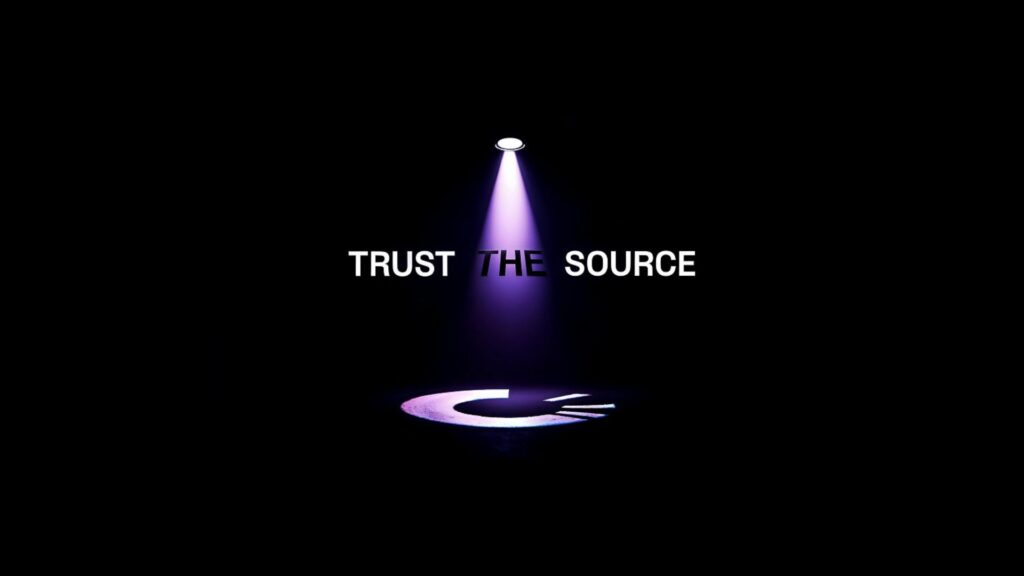In a time when information spreads faster than it can be verified, OriginTrail provides a way to make knowledge more reliable.
Built on Polkadot and originally launched on Ethereum, OriginTrail helps businesses, researchers, and artificial intelligence systems work with structured, traceable, and verifiable data.
It is not just another blockchain project but a complete knowledge foundation that anyone can use to build trust into digital systems.
What Is OriginTrail?
OriginTrail is a decentralised protocol designed to organise knowledge in a way that makes it easy to verify and connect. Its main technology is the Decentralised Knowledge Graph, which helps structure information into what are called Knowledge Assets.
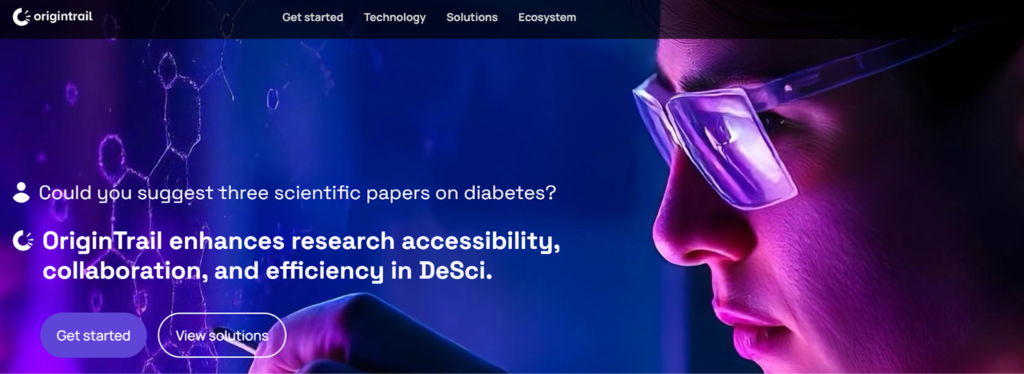
Source: OriginTrail
These assets can represent anything meaningful, including supply chain data, healthcare records, academic research, or product details.
The project started in 2018 on Ethereum and expanded over time into a multichain ecosystem. In January 2024, OriginTrail secured a Polkadot parachain slot and launched NeuroWeb, its custom-built blockchain designed to support large-scale knowledge sharing. The decision was made official through a community governance vote in December 2023.
Today, OriginTrail’s knowledge graph runs on Ethereum, Polygon, Gnosis, Base, and Polkadot. It is being used in fields like healthcare, scientific research, and construction, helping information move across systems while staying trustworthy and transparent.
How Does It Work?
At the centre of OriginTrail is the Decentralised Knowledge Graph. This graph is a network where each piece of information is stored as a Knowledge Asset.
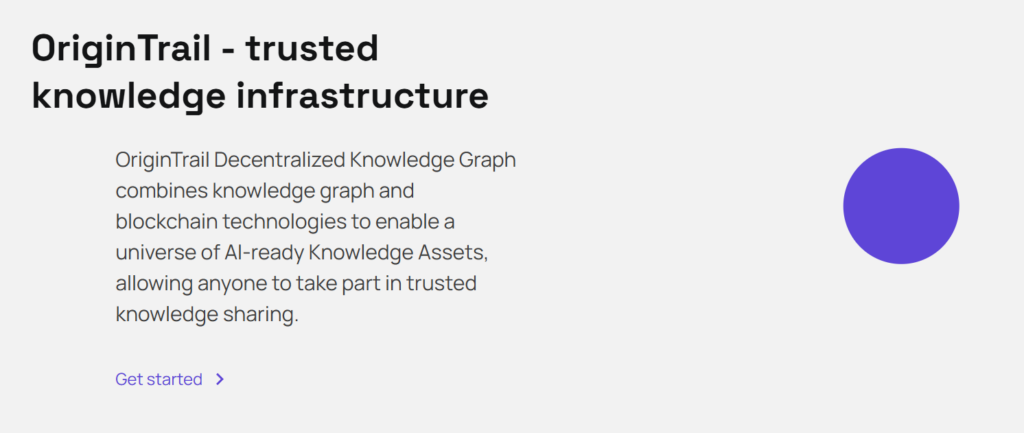
Source: OriginTrail
These assets are structured in a way that makes them understandable for both people and machines. They are stored across many nodes and verified using cryptographic proofs to ensure they have not been changed.
These assets are also connected, meaning they can form a web of related information. For example, a supply chain record might be connected to a certificate of origin, a customs document, and a retail listing. Anyone can view the relationships and confirm the source of each part.
OriginTrail uses what it calls a multichain protocol. Instead of keeping all information on a single blockchain, it uses off-chain data hashing and reference checking.
This allows different blockchains to connect while maintaining their independence. Each node in the network has its local record of verified events, which avoids global consensus while still allowing coordination.
The launch of DKG version 8 in 2025 introduced Paranets. These are smaller knowledge networks built for specific use cases, such as DeFi, scientific research, or life sciences.
Each Paranet is part of the wider OriginTrail ecosystem but can evolve on its own. This makes the network more flexible and better suited for real-world applications.
What Are Its Products?
OriginTrail offers several products that make the network easier to use. Network Operating System, or nOS, is the main platform for creating and managing Knowledge Assets. It allows businesses to publish data, connect it to industry standards, and control how it is shared.
The DKG Explorer helps people search and visualise Knowledge Assets. Users can browse through sectors such as healthcare, construction, or scientific research and see how assets are connected.

Source: OriginTrail
ChatDKG is a tool that brings artificial intelligence into the picture. It connects AI systems like ChatGPT or Google’s BERT to verified Knowledge Assets.
This helps reduce misinformation by giving AI access to structured data with clear sources. ChatDKG is built using open-source components and is already being integrated with enterprise platforms.
OriginTrail’s products are maintained through the Trace Alliance, a non-profit organisation with over 150 members. It acts as a collaboration hub where developers and companies share knowledge, build tools, and support the adoption of the protocol across industries.
What Is The TRAC Token?
TRAC is the main token used in the OriginTrail ecosystem. It is an ERC20 token with a fixed supply of 500,000,000. As of March 2025, about 400,000,000 tokens are in circulation, and the market cap stands near $320 million.
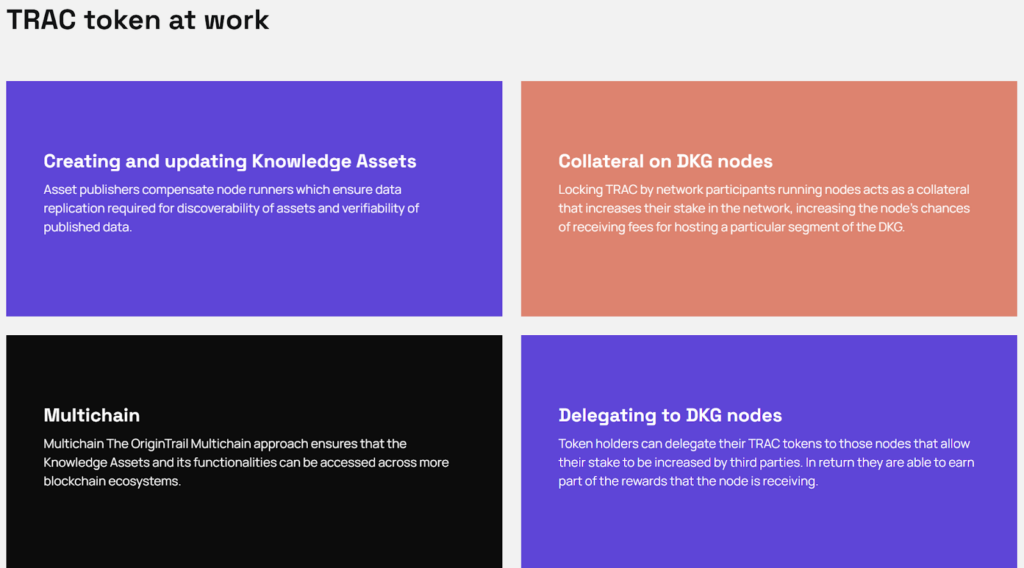
Source: OriginTrail
TRAC is required to publish and update Knowledge Assets. It is also used to reward node operators who store and verify data. When an asset is published, a portion of the fee is burned, creating long-term deflationary pressure.
Running a node requires locking up TRAC as collateral. This increases trust in the network and improves the chance of receiving publishing fees. Token holders who do not run nodes can still delegate their TRAC to operators and earn between 10% and 15% annually.
Governance in the OriginTrail ecosystem is handled through OpenGov on Polkadot. Token holders vote on network changes, funding proposals, and new features. There is also a 30 million dollar Treasury that supports grants and ecosystem growth.
TRAC is also used in Knowledge Mining. This system, introduced in 2024, rewards users who help curate and publish high-quality data. This process is designed to help the DKG grow faster by encouraging active participation.
The Roadmap for Future Plans
OriginTrail’s development is organised into phases named after major thinkers. The current phase is called Metcalfe, based on the idea that the value of a network increases with the number of connections.
One of the main goals in this phase is to grow the number of Knowledge Assets to 1 billion. As of March 2025, the network has indexed over 100,000 assets. Tools like batch publishing, random sampling, and delegated staking are being developed to make this growth possible.
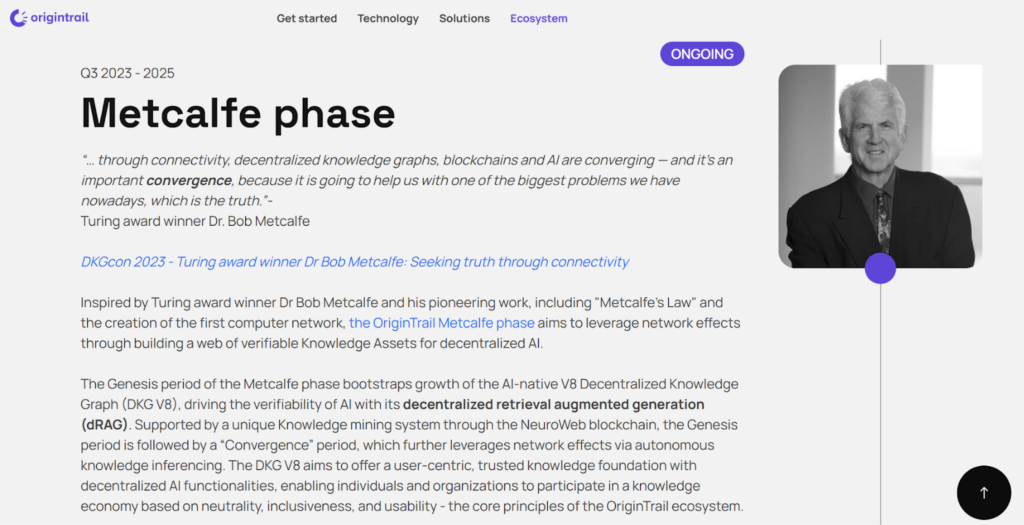
Source: OriginTrail
Paranets are also being expanded. These are focused networks that support domains like DeFi, pharmaceuticals, and decentralised science. Each Paranet can have its own logic, incentives, and governance, while still connecting to the global DKG.
Artificial intelligence plays a large role in the roadmap. ChatDKG is being developed further to work with large language models and retrieval systems.
This is part of a wider move toward something OriginTrail calls decentralised retrieval augmented generation, or dRAG. The aim is to make AI answers more accurate by linking them to sources with proof.
The roadmap also includes support for more blockchains. Thanks to the multichain framework, OriginTrail can easily expand to any EVM-compatible network. Plans are in place to add other chains to grow adoption.
In later phases, OriginTrail will introduce private data support, AI agent memory, and new governance tools. The ultimate goal is to build a collective intelligence system where knowledge is owned, verified, and used by people and machines together.
Conclusion
OriginTrail is not just another blockchain project. It is a foundation for trust in the digital world. By turning data into verifiable Knowledge Assets, it allows businesses, developers, and researchers to work with information they can trace, share, and rely on.
With its open-source products, strong community, and support from major organisations like Walmart, Oracle, and the European Commission, OriginTrail is already proving its value.
As artificial intelligence grows more powerful, the need for trusted information becomes more urgent. OriginTrail is providing the tools to meet that need.

